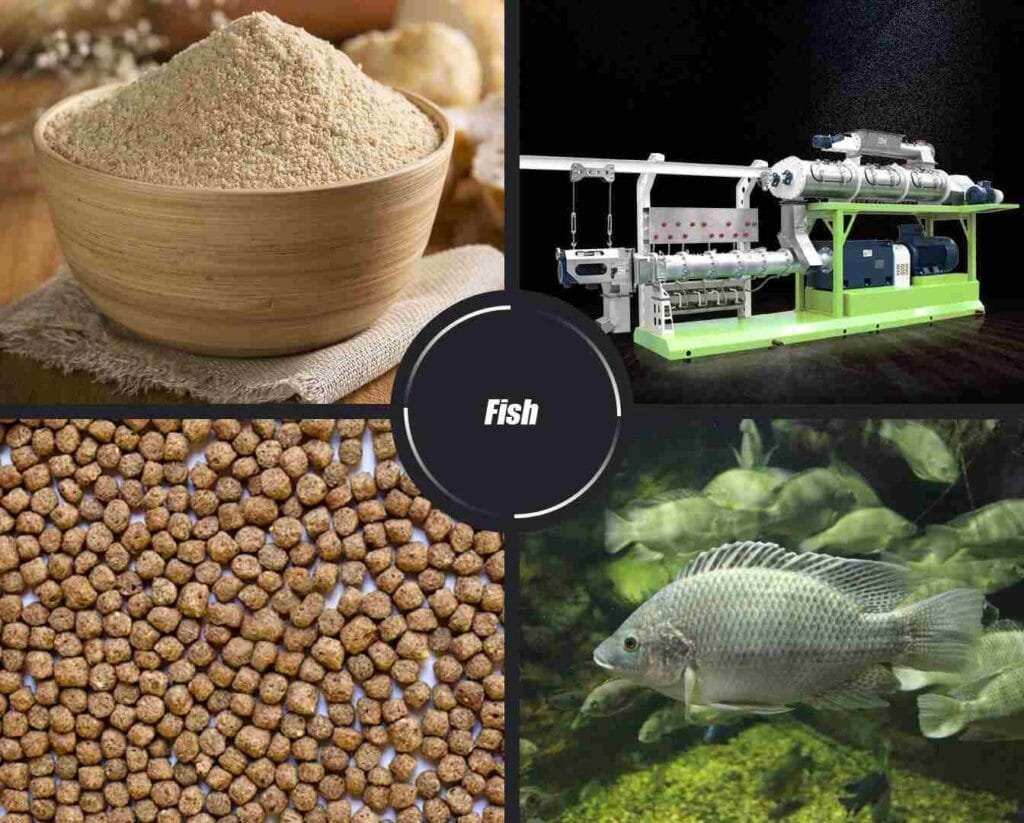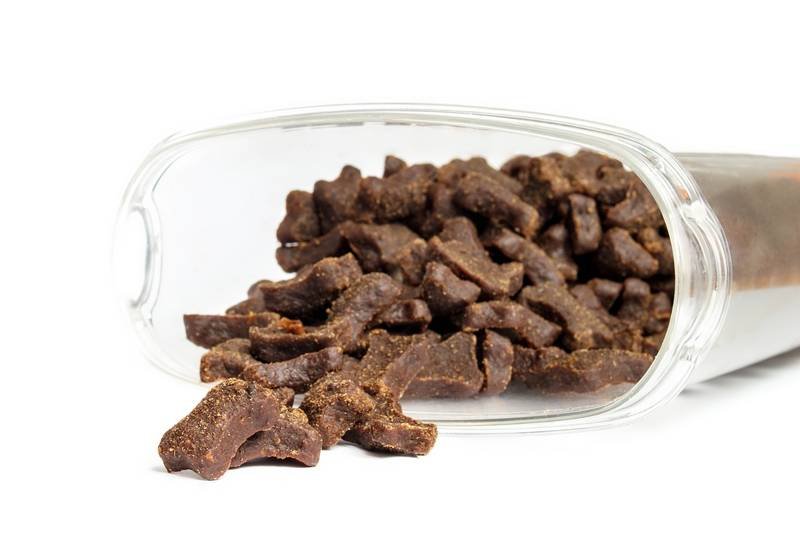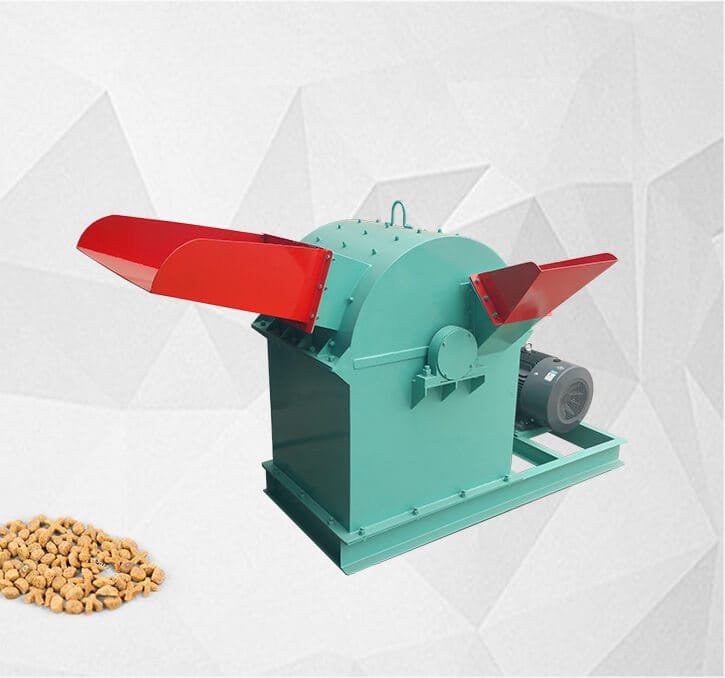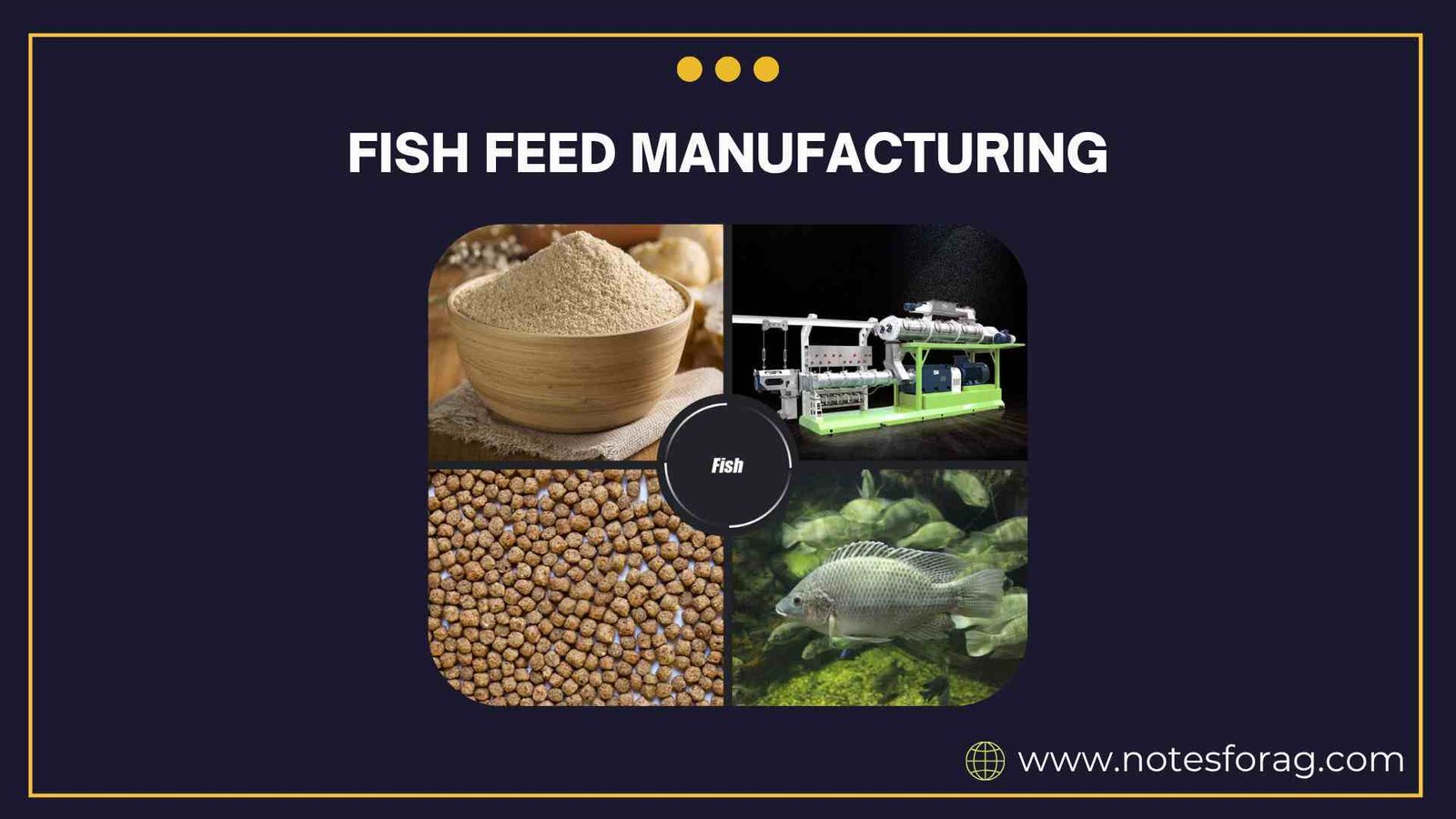1. Introduction
Fish feed manufacturing is a critical component in the aquaculture industry, as the growth, health, and productivity of fish largely depend on the quality of feed they consume. With increasing demand for fish protein worldwide, the importance of efficient and sustainable feed production has grown. The fish feed industry focuses on producing nutritionally balanced and environmentally safe feed, tailored to different species and stages of fish growth.

Summary of Fish feed manufacturing
- Fish feed manufacturing plays a crucial role in aquaculture by ensuring optimal fish growth, health, and sustainability through balanced and nutritious feed.
- The industry involves careful ingredient selection, formulation, and production techniques to deliver high-quality, environmentally safe feed.
- Advancements like AI, novel ingredients, and eco-friendly practices are shaping the future of fish feed for sustainable aquaculture growth.
Table of Contents
2. Importance of Fish Feed in Aquaculture
1. Nutrition and Growth
Fish feed provides essential nutrients such as protein, fat, vitamins, and minerals necessary for the growth, immunity, and reproduction of fish. Quality feed ensures faster growth and better feed conversion ratios.
2. Sustainable Aquaculture
Balanced feed minimizes waste, thereby reducing water pollution and supporting sustainable aquaculture practices. Efficient feed usage also reduces the overall cost of fish farming.
3. Enhanced Fish Health
Feeds fortified with probiotics, prebiotics, and immune boosters can help enhance the resistance of fish against common diseases, improving overall productivity.
3. Types of Fish Feed
1. Dry Feed (Pellets and Crumbles)
This is the most commonly used feed type. Pellets are either floating or sinking, and are made by extrusion or pressing. Crumbles are smaller fragments used for juvenile fish.
2. Semi-moist Feed

This feed has higher moisture content (about 20-35%) and is partially cooked. It offers better palatability and digestibility but has a shorter shelf life.
3. Wet Feed
Wet feeds are made from raw ingredients like fish waste or agricultural byproducts. Though nutritious, they are less stable, more perishable, and contribute to water pollution if not managed properly.
4. Ingredients Used in Fish Feed Manufacturing
1. Protein Sources
Fish meal, soybean meal, meat and bone meal, poultry by-product meal, and other plant-based proteins are common sources.
2. Energy Sources
Ingredients like wheat, rice bran, corn, and tapioca provide carbohydrates and fats necessary for energy.
3. Lipid Sources
Fish oil and vegetable oils are used to supply essential fatty acids needed for healthy cell development and metabolic functions.
4. Vitamins and Minerals
Premixes are added to meet the micronutrient requirements of fish and support their growth, bone development, and immune function.
5. Additives
These include binders, antioxidants, pigments, flavor enhancers, probiotics, and antibiotics to improve feed stability, palatability, and health benefits.
5. Fish Feed Formulation
1. Nutritional Requirement Analysis
Different fish species and life stages have unique dietary requirements. Formulation starts with understanding protein, energy, and nutrient needs.
2. Ingredient Balancing
A balanced feed formulation includes a precise mix of proteins, energy sources, fiber, vitamins, and minerals. Computer-aided formulation software is often used.
3. Cost Optimization
While ensuring nutritional adequacy, the formulation must also be cost-effective by selecting ingredients based on availability and market price.
4. Palatability and Digestibility
Formulation must ensure that the feed is palatable and easily digestible to reduce feed waste and improve conversion.
6. Fish Feed Manufacturing Process
1. Grinding

Raw ingredients are ground into a fine powder to ensure uniform mixing and better digestibility.
2. Mixing
The powdered ingredients are mixed thoroughly in a mixer to form a homogeneous blend.
3. Conditioning
Steam or water is added to condition the mixture and facilitate gelatinization of starch, which improves binding and digestion.
4. Extrusion or Pelleting
Conditioned mash is passed through an extruder or pellet mill to form pellets. Extruded feed can be floating or sinking, depending on process settings.
5. Drying and Cooling
Pellets are dried to reduce moisture content and then cooled to prevent mold growth and spoilage.
6. Coating and Packaging
Essential oils, vitamins, and attractants are sprayed on cooled pellets. Feed is then packed in moisture-proof bags.
7. Quality Control in Fish Feed Production
1. Ingredient Quality Testing
Incoming raw materials are tested for moisture, protein content, toxins, and contaminants.
2. Process Monitoring
Each stage of manufacturing is monitored to ensure proper temperature, pressure, and mixing for consistent product quality.
3. Finished Feed Testing
Pellets are checked for nutritional composition, size uniformity, buoyancy (for floating feed), durability, and microbial safety.
4. Shelf Life and Storage Stability
Testing ensures that the feed remains safe and effective during storage under varied conditions.
8. Environmental Considerations
1. Waste Reduction
Efficient feed formulation reduces nutrient leaching into water bodies, thereby minimizing eutrophication and environmental damage.
2. Use of Eco-friendly Ingredients
Plant-based proteins and sustainable alternatives to fishmeal help reduce dependency on overfished marine resources.
3. Packaging and Energy Use
Eco-friendly packaging and energy-efficient machinery are adopted to lower the carbon footprint of fish feed production.
9. Challenges in Fish Feed Manufacturing
1. High Ingredient Cost
Dependence on imported or scarce ingredients like fish meal increases production cost.
2. Ingredient Substitution
Replacing traditional ingredients without compromising nutrition and palatability remains a challenge.
3. Regulatory Compliance
Manufacturers must adhere to feed safety regulations, labeling laws, and environmental standards.
4. Quality Assurance
Maintaining consistent quality across batches is critical, especially for commercial-scale production.
10. Future Trends in Fish Feed Industry
1. Use of Novel Ingredients
Algae-based proteins, insect meal, fermented plant proteins, and single-cell organisms are being explored.
2. Precision Nutrition
Customized feeds based on species, age, water condition, and production goals improve efficiency.
3. Automation and AI Integration
Smart feed manufacturing systems use AI and automation for precision control, quality assurance, and reduced labor costs.
4. Sustainable Production Models
The focus is shifting towards circular economy models, where waste from other industries is used in feed production.
11. Conclusion
Fish feed manufacturing is the backbone of modern aquaculture, directly influencing the success and sustainability of fish farming operations. High-quality feed is essential for promoting optimal growth, maintaining health, and improving the overall productivity of various fish species. With rising global demand for fish as a source of protein, there is an increasing need to develop nutritionally balanced, cost-effective, and environmentally responsible fish feed.
The manufacturing process involves several crucial steps, from the selection of raw ingredients to grinding, mixing, pelleting, drying, and final packaging. Each stage requires precision and quality control to ensure the final product meets nutritional standards and maintains shelf stability. A key aspect of feed formulation is understanding the specific dietary needs of different fish species at various life stages, which is supported by computer-aided software and advanced nutritional science.
However, challenges such as rising costs of raw materials, regulatory requirements, and the need for consistent product quality persist in the industry. Manufacturers are now exploring novel protein sources like algae, insect meal, and single-cell organisms to reduce dependence on traditional fish meal and enhance sustainability. The integration of AI, automation, and smart manufacturing systems is also revolutionizing production efficiency and quality assurance.
Looking ahead, fish feed manufacturing must embrace circular economy principles by utilizing agricultural and industrial byproducts in feed formulation. Such innovations will not only lower environmental impact but also contribute to the economic viability of aquaculture. In conclusion, the future of fish feed lies in balancing science, sustainability, and technology to meet global food security needs while preserving aquatic ecosystems.
Frequently Asked Questions (FAQs)
What is fish feed manufacturing?
Fish feed manufacturing involves producing specialized diets for farmed fish, tailored to their nutritional needs at various life stages. This process includes selecting appropriate ingredients, formulating balanced diets, and processing the feed into forms like pellets or crumbles.
Why is fish feed important in aquaculture?
Quality fish feed is crucial for promoting optimal growth, health, and disease resistance in farmed fish. It ensures efficient feed conversion, reduces waste, and supports sustainable aquaculture practices by minimizing environmental impact.
What are the main ingredients in fish feed?
Common ingredients in fish feed include fish meal, soybean meal, corn, wheat, and various vitamins and minerals. The specific composition varies based on the fish species and their dietary requirements.
Related Articles

